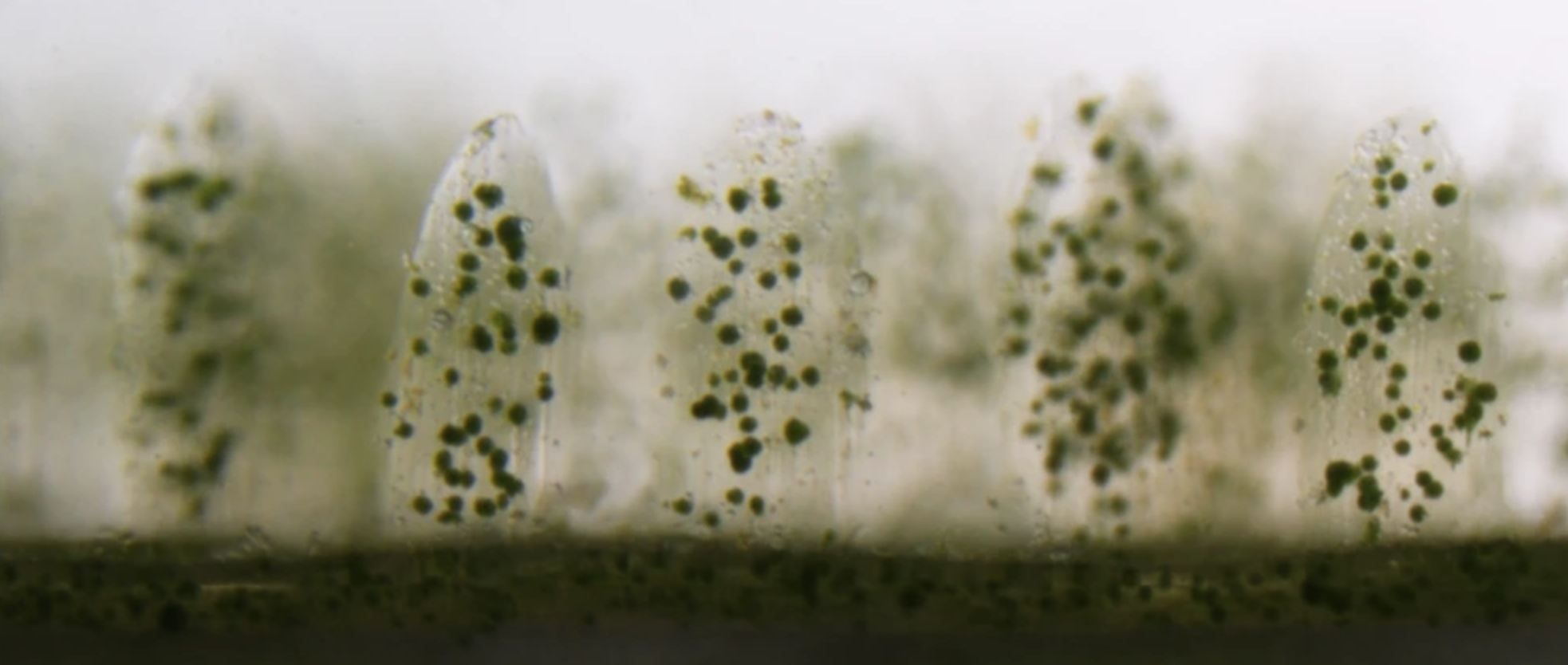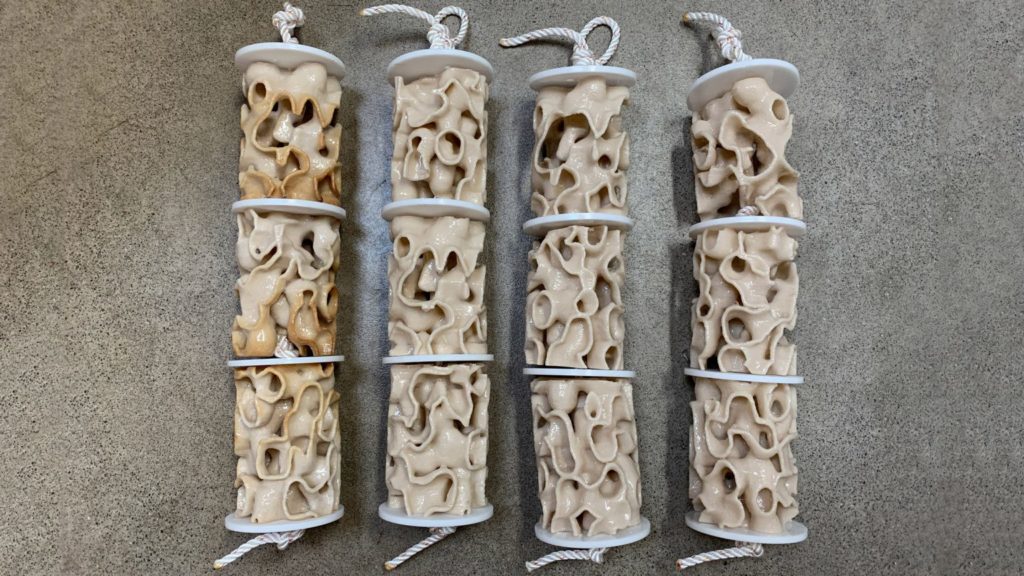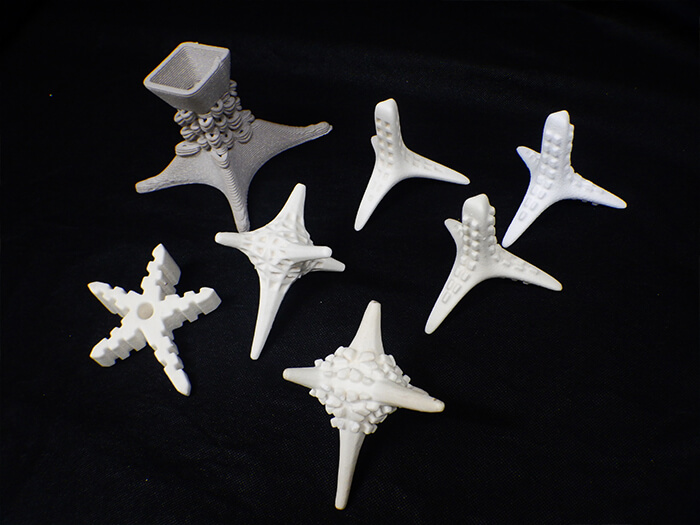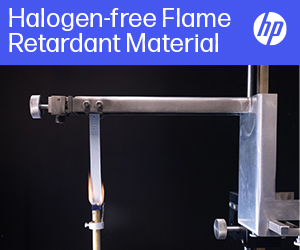Our coral reefs are dying. Marine scientists have known this fact for a long time, and have been trying to reverse the problem for decades. The death of the coral reefs spells an end for most of our oceans’ ecosystems, which will directly affect humankind. The coral reefs’ demise could be the beginning of the end for much of life on Earth, so saving them has become a priority for those who fully grasp the severity of the situation.
Although our industrial advances have contributed to climate change and species extinction, we could use some of the same technology to stop or even reverse the damage we’ve caused. Scientists are now using 3D printing to create spaces for new coral to thrive, buying the ecosystem time to rebalance.
Companies and Organizations Lending Aid to the Effort
To know how we can fix the reefs, we first must understand why they’re dying. Global warming is contributing to our oceans growing hotter every year. The rising temperatures are harmful to coral, killing the cells that make them colorful before killing the coral itself. The warmer conditions also contribute to the spread of disease and higher carbon monoxide rates, all dangerous to the surrounding ecosystem. Creating new coral is one way we can slow this cycle.
Here are some examples of companies, organizations and projects making progress happen.
Reef Design Lab
This nonprofit captured media attention when it brought the largest artificial coral reef to the Maldives. The Reef Design Lab team began by using computer modeling software to copy reefs that are native to the region.

An artificial reef made from concrete elements cast from 3D printed molds. Image courtesy of Reef Design Lab.
The designers then relied on 3D printing to make 220 molds that were cast in concrete. Once those pieces arrived at their destination, divers assembled them and adhered coral fragments to each piece. Researchers hope the coral will eventually grow across the whole infrastructure.
XtreeE and Seaboost
3D printing company XtreeE and Seaboost, an organization specializing in the ecological design of marine structures, collaborated to create the X-Reef, which mimics the Coralligenous ecosystem of the Mediterranean.
That this natural habitat takes several hundred years to form is perhaps the most notable thing about this achievement. 3D printing shortens that time immensely. Moreover, this outcome showed that the technology tackled the rocky characteristics of the reef without issues.
Objects and Ideograms
Objects and Ideograms is a design workshop based in the United States that launched the Coral Carbonate project. It focuses on printing structures from calcium carbonate for the living polyps that call coral reefs their home. Calcium carbonate is also a component of natural coral skeletons.
Each piece features a design that allows embedding pieces of young coral to the surface. The team involved in this work noted that, in addition to helping with coral restoration, these printed objects could serve as homes for fish or act as material to promote algae growth.
The University of Hong Kong
Architects and marine scientists also teamed up for an initiative at the University of Hong Kong. The approach uses 3D printing to create tiles that attach to reefs and improve their chances of survival.

Clay tiles 3D printed by the University of Hong Kong to stimulate coral growth. Image courtesy of the University of Hong Kong.
The terra cotta pieces cover approximately 40 square meters associated with three sites within Hong Kong’s Hoi Ha Wan Marine Park. They safeguard against sedimentation, a significant threat to coral reefs. They also allow broken fragments of coral to reattach to something substantial and get a second chance to thrive. They would likely not survive without that support.
SECORE International
This effort seeks to reduce the costs of coral restoration by using 3D-printed settlement substrates. The team dubbed them “seeding units” because they self-attach to reefs and provide an attractive shelter for the coral larvae. This setup increases the ordinarily reduced survival rate of wild coral settlers.
The team came up with seven prototypes and used Emerging Objects — a design firm spun out of the University of California, Berkeley — and Boston Ceramics to develop all of them in time for trials launched in 2018. SECORE International aims to outplant a million seeding units by 2021.The Caribbean Marine Biological Institute (CARMABI) Research Station
Many scientists look to nature to help them understand how to make 3D printing have more significant payoffs. That happened at Curaçao’s CARMABI Research Station. Marine biologist Kristen Marhaver and her colleagues used 3D printing to conduct coral choice surveys. Since the method allowed building various samples quickly, scientists could offer several options and note the statistics about the coral polyps preferences as they looked for places to anchor.
They found that corals like pink and white best, which makes sense given that those are the colors of a healthy reef. Moreover, they liked surfaces with crevices and holes, which protected them from predators and trampling.
Efforts like those above are providing valuable ideas and alternatives to improving the state of our coral reefs. Some businesses like Ocean Insight and Recycling Technologies help make our oceans a better place and increase the focus on marine conservation. By teaming with large-scale 3D printing companies and initiatives, they can make their visions an efficient, cost-effective and quick reality.
University of Cambridge and University of California San Diego
Above, we’ve seen a variety of methods for producing artificial corals with 3D printing that range from pre-cast concrete, to 3D-printed concrete, to clay and calcium carbonate. Perhaps the most unique approach to the problem of saving our reefs comes from a group of researchers from the University of Cambridge and the University of California San Diego, who are using bioprinting to produce reefs. The technique has the benefit of mimicking the functional and structural traits of coral-algal symbiosis.
 Bioprinted coral showing green algae growth. (Image courtesy of Daniel Wangpraseurt)
Bioprinted coral showing green algae growth. (Image courtesy of Daniel Wangpraseurt)
The team began by 3D scanning living coral and then bioprinting replicas made from polymer gels and hydrogels filled with cellulose nanomaterials to copy the optical properties of living corals. The structures were able to redistribute light in the highly efficient manner seen in actual coral, according to the researchers.
How 3D Reefs Adapt
Printing out 3D parts and submerging them in the ocean may sound counterproductive to saving the oceans from the pollution that’s killing them. However, the 3D reefs are designed in special ways to allow the surrounding fauna to make homes in the remains. The coral itself grows thanks to transplantation.
Either by directly transplanting living coral or replicating live coral cells into the material, scientists can prime the 3D structures to host plant life on their surfaces. This is how the coral can grow further with the help of 3D printing. The structure provides a base for the coral to grow and flourish — it doesn’t serve as coral that can replace what’s been lost. This practice still doesn’t fix the underlying problem, but it buys the coral reefs and our oceans valuable time.
Can Technology Save the Planet?
3D printing has opened doors to many places we couldn’t hope to enter before. Even though our technological advances are the largest cause of the current global warming crisis, we’ve managed to find cleaner, greener ways to work even better than before. The 3D printing of our coral reefs is a marvel of an idea, but only one of the first steps to saving our reefs, oceans and planet.
Subscribe to Our Email Newsletter
Stay up-to-date on all the latest news from the 3D printing industry and receive information and offers from third party vendors.
You May Also Like
Rebuilding the Industrial Base: Government and National Clusters
The demand to scale and commercialize advanced manufacturing technology, particularly additive manufacturing (AM), is increasing. Exploring government and national clusters is imperative to rebuild the industrial base. As the industry...
New AM Projects Get $2.1M Push from America Makes
America Makes has awarded $2.1 million to six new projects to tackle some of the biggest challenges in additive manufacturing (AM). The funding, provided by the U.S. Department of Defense...
The Stakeholders’ Conference: Additive Manufacturing Strategies
The additive manufacturing (AM) industry has always been one that’s prone to sudden, drastic changes, and clearly, this is as true now as ever. With that in mind, one of...
3D Printing News Briefs, November 23, 2024: Formnext Awards, Batch Production, & More
We’re covering a variety of stories in today’s 3D Printing News Briefs, from the Formnext Awards to metal additive manufacturing for batch production and more. Read on for all the...

































